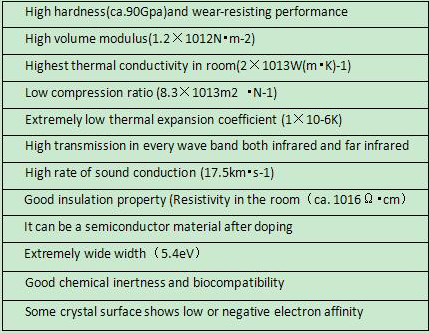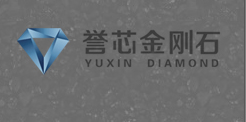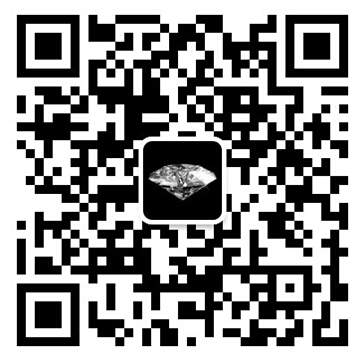Company tel:+86-379-63184520
Contact number:+86-15937921751
Postcode:471000
Email:info@yuxindiamond.com
Address:3-1-508 Luoyang National University Science Park, No. 2 Penglai Road, Jianxi District, Luoyang, China 471000
Tiny Diamonds Could Enable Huge Advances in Nanotechnology
University of Maryland researchers developed a method to build diamond-based hybrid nanoparticles in large quantities from the ground up, thereby circumventing many of the problems with current methods.
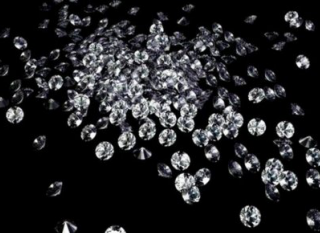
The process begins with tiny, nanoscale diamonds that contain a specific type of impurity: a single nitrogen atom where a carbon atom should be, with an empty space right next to it, resulting from a second missing carbon atom. This “nitrogen vacancy” impurity gives each diamond special optical and electromagnetic properties.
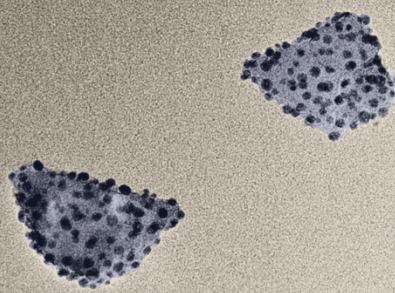
By attaching other materials to the diamond grains, such as metal particles or semiconducting materials known as “quantum dots,” the researchers can create a variety of customizable hybrid nanoparticles, including nanoscale semiconductors and magnets with precisely tailored properties.
“If you pair one of these diamonds with silver or gold nanoparticles, the metal can enhance the nanodiamond’s optical properties. If you couple the nanodiamond to a semiconducting quantum dot, the hybrid particle can transfer energy more efficiently,” said Min Ouyang, an associate professor of physics at UMD and senior author on the study.
Evidence also suggests that a single nitrogen vacancy exhibits quantum physical properties and could behave as a quantum bit, or qubit, at room temperature, according to Ouyang. Qubits are the functional units of as-yet-elusive quantum computing technology, which may one day revolutionize the way humans store and process information. Nearly all qubits studied to date require ultra-cold temperatures to function properly.
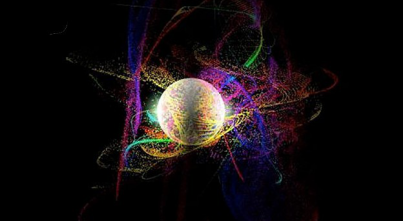
A qubit that works at room temperature would represent a significant step forward, facilitating the integration of quantum circuits into industrial, commercial and consumer-level electronics. The new diamond-hybrid nanomaterials described in Nature Communications hold significant promise for enhancing the performance of nitrogen vacancies when used as qubits, Ouyang noted.
While such applications hold promise for the future, Ouyang and colleagues’ main breakthrough is their method for constructing the hybrid nanoparticles. Although other researchers have paired nanodiamonds with complementary nanoparticles, such efforts relied on relatively imprecise methods, such as manually installing the diamonds and particles next to each other onto a larger surface one by one. These methods are costly, time consuming and introduce a host of complications, the researchers say.
“Our key innovation is that we can now reliably and efficiently produce these freestanding hybrid particles in large numbers,” explained Ouyang, who also has appointments in the UMD Center for Nanophysics and Advanced Materials and the Maryland NanoCenter, with an affiliate professorship in the UMD Department of Materials Science and Engineering.
Diamond, as one of the most special materials in natural world, is featured with the highest hardness, low friction coefficient, high elasticity modulus, high thermal conductivity, high insulation class, wide energy gap, great sound propagation rate and favorable chemical stability, which are presented in below Table. In spite of such unique features, the natural diamond has always been existed in the form of gem, with its variability and rareness sharply limiting its application. Luoyang Yuxin Diamond Co., Ltd’ s CVD Diamond film, on the other hand, integrates such physical and chemical properties, with lower cost than natural diamond and applicable to be made into various shapes, thus enjoying extensive application prospect in electronic industry, optical field and mechanical industry.
